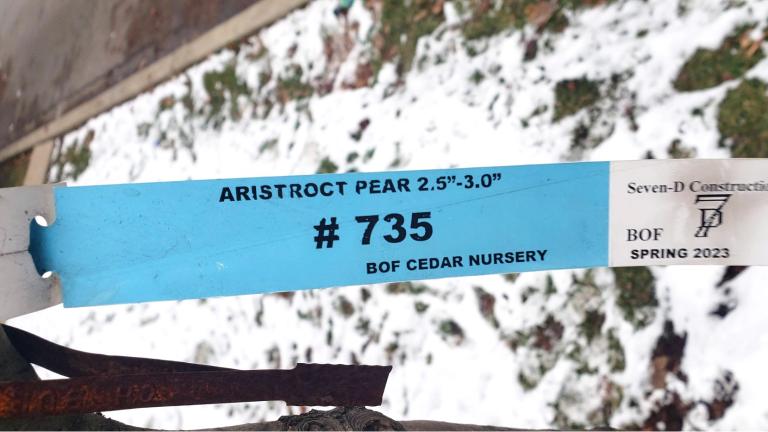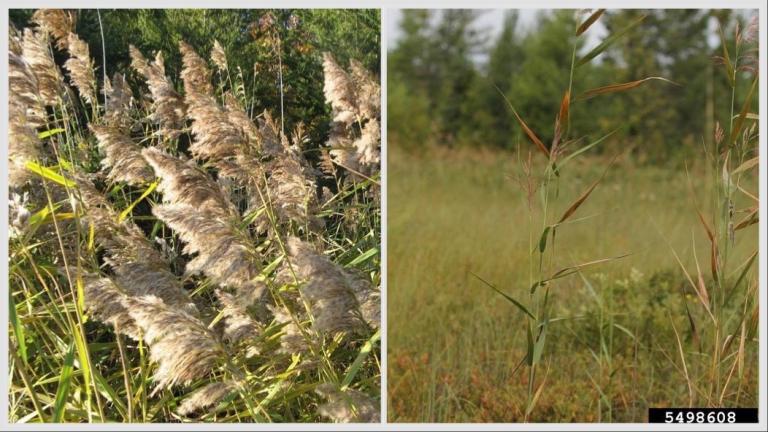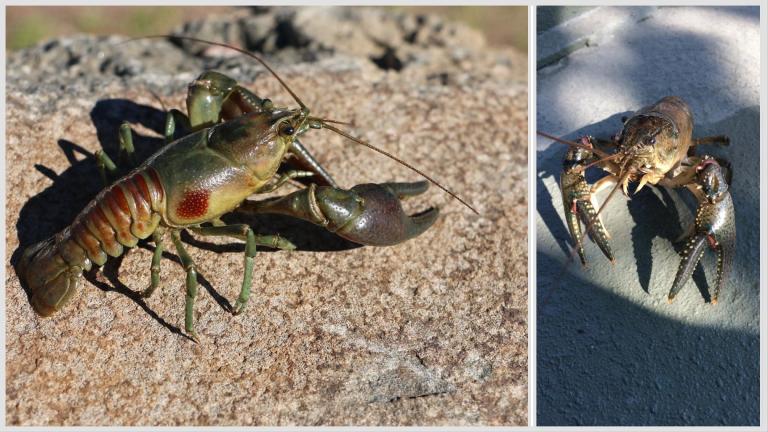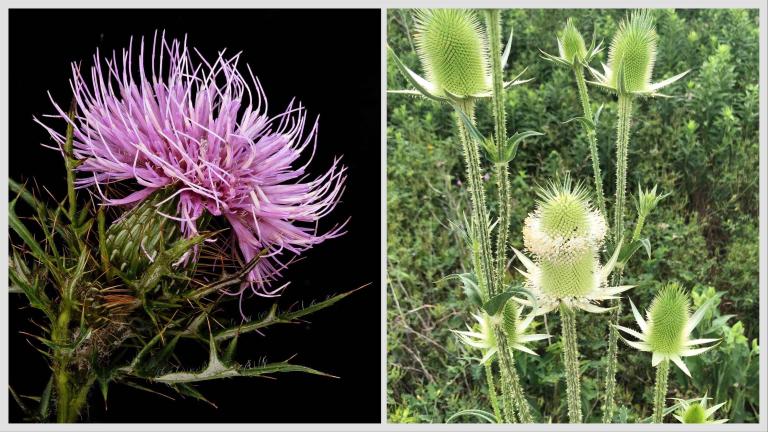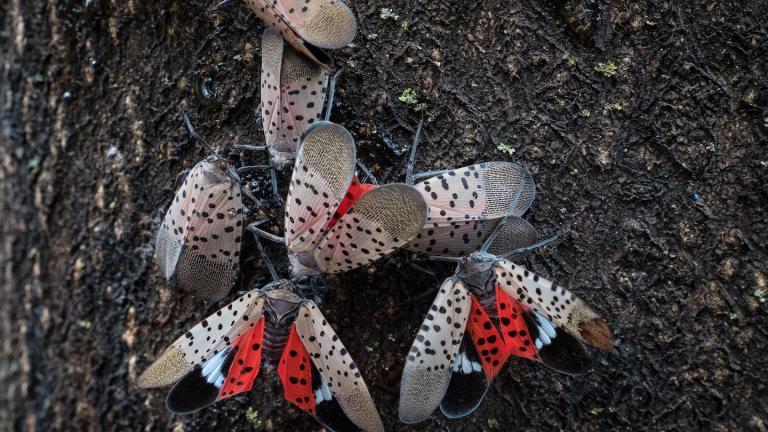
In honor of National Invasive Species Awareness Week, we’re posting daily “dupes” — invasives that can easily be confused with native species.
Today we’re featuring two tiny freshwater mussels that, apart from their small size, couldn’t have less in common.
Many Chicagoans will be familiar with the name zebra mussel (Dreissena polymorpha) and possibly its relative the quagga mussel (Dreissena rostriformis bugensis), collectively known in these parts as the dreissenids. If there was an invasive species hall of fame, the dreissenids would be shoo-in first-ballot inductees.
These two hitchhiked across the Atlantic Ocean in the ballast water of cargo ships and have wreaked havoc in North America’s freshwater ecosystems. Today, they so dominate the conversation surrounding mussels in the Great Lakes and beyond that it’s easy to forget there are hundreds of freshwater mussel species native to North America, including dozens in the Chicago region.
These homegrown mollusks include the lilliput (Toxolasma parvus), an apt name for a mussel that tops out at an inch and a half but is often closer to the size of a nickel.
Even at that wee stature, the lilliput towers over the dreissenids, which are frequently no bigger than a fingernail. And yet the lilliput and its larger native comrades are at a distinct disadvantage against the dreissenids when it comes to competing for resources.
 Mussel on mussel. Zebra mussels attached to a native fatmucket mussel. Dreissenids “infest” their native counterparts and often obstruct their ability to feed and breathe. (U.S. Fish and Wildlife Service Midwest Region / Flickr Creative Commons)
Mussel on mussel. Zebra mussels attached to a native fatmucket mussel. Dreissenids “infest” their native counterparts and often obstruct their ability to feed and breathe. (U.S. Fish and Wildlife Service Midwest Region / Flickr Creative Commons)
Diane Waller, a research biologist with the U.S. Geological Survey’s Upper Midwest Environmental Sciences Center, studies both invasive and native mussels. As part of a keynote presentation hosted by the North American Invasive Species Management Association to kick off Invasive Species Awareness Week, Waller outlined the numerous traits that have given dreissenids what she called a “major upper hand” over natives.
One is how quickly dreissenids mature and are able to reproduce — within a year or two versus up to a decade for natives. Another is the dreissenids’ high fecundity, meaning they pump out a lot of eggs — up to 1 million per female versus thousands per native. Dreissenid larva (like the adults) can attach to any hard surface as they develop; native larva need to find a host fish.
As a result, at the end of a reproductive cycle, a native mussel may only have one surviving offspring, while dreissenids will have thousands, Waller said.
To add insult to injury, native mussels are one of dreissenids’ preferred structures to colonize. “They infest them,” Waller said, often attaching near native mussels’ siphons, obstructing their ability to eat and breathe.
It is no coincidence that following the arrival of dreissenids, the populations of native mussels began to crater.
According to the U.S. Department of Agriculture, since the introduction of dreissenids, the extinction rate of native freshwater mussels in the Mississippi River basin has increased from 1.2% of species per decade to 12% per decade.
Lilliput is, at this point, one of the survivors. Its population is largely considered “stable,” though it has been listed as endangered in Canada.
Waller and her colleagues at the Minnesota Aquatic Invasive Species Research Center are continually testing methods of curbing the number of dreissenids, while at the same time exploring ways to give natives a fighting chance.
One option being investigated, she said, is whether the carbon dioxide bubble curtains being deployed to discourage the advancement of invasive carp could be used to steer dreissenids away from the propagation areas of native mussels.
Scientists are also researching levels at which low-dose copper-based molluscicides can retain their effectiveness in killing dreissenids without harming native wildlife, she said.
To report an invasive species sighting, send an email to [email protected]. Provide the following details: location (GPS coordinates, address, crossroads, town — the more info the better), date, your name and contact information, and attach photographs.---
Catch up on previous installments of Invasive Dupes:
— Part One: Teasel vs. Thistle, Will the Real Native Please Stand Up
— Part Two: Crayfish vs. Crayfish — Seeing Double
— Part Three: A Rose by Another Name Is a Multiflora Disaster
Contact Patty Wetli: @pattywetli | (773) 509-5623 | [email protected]

